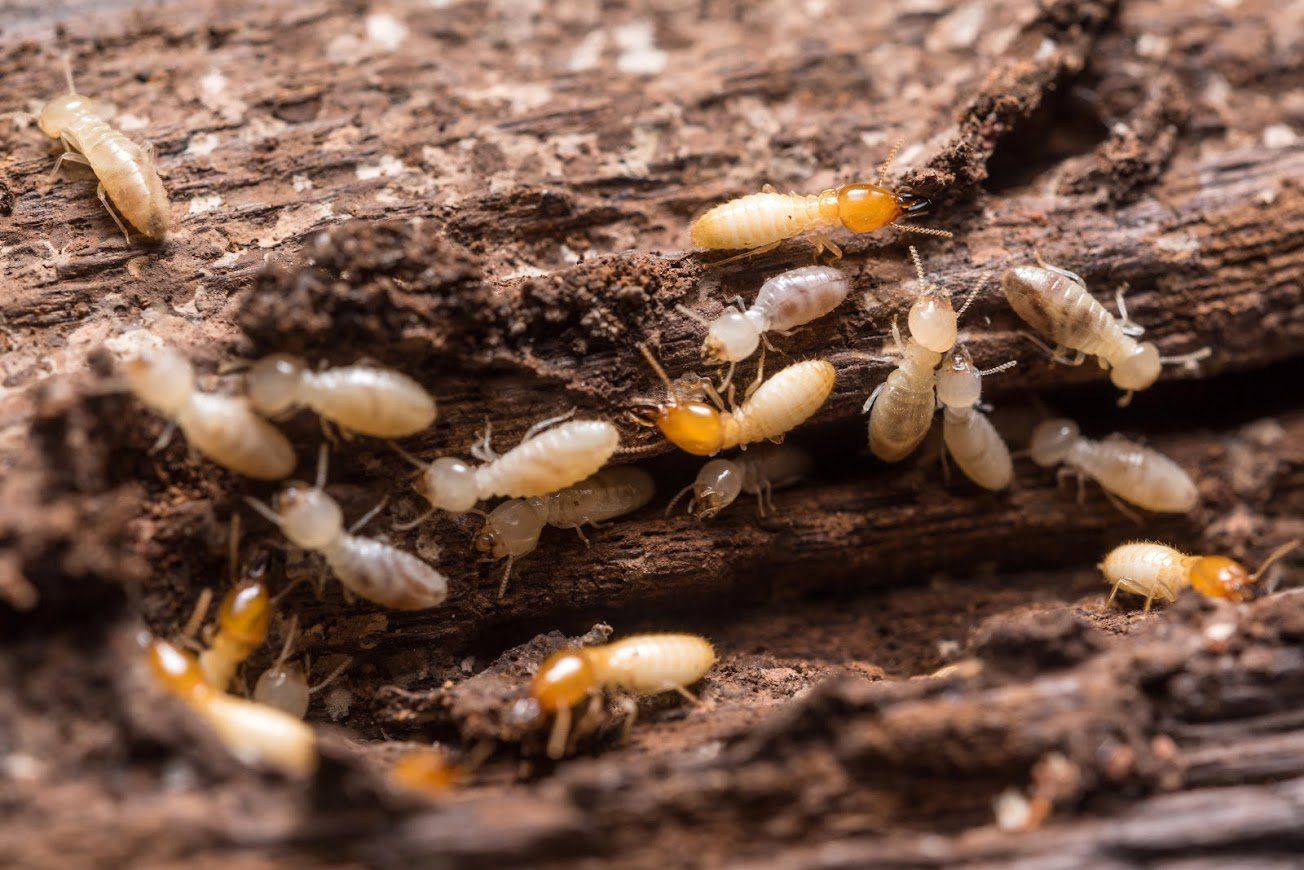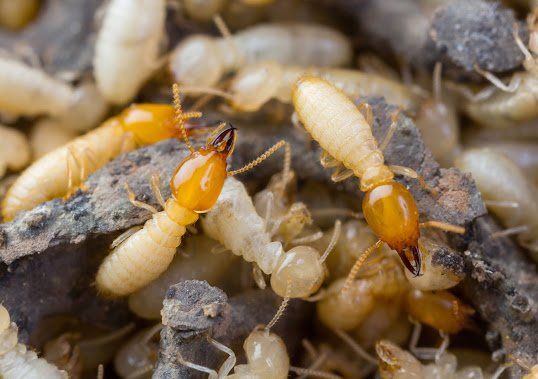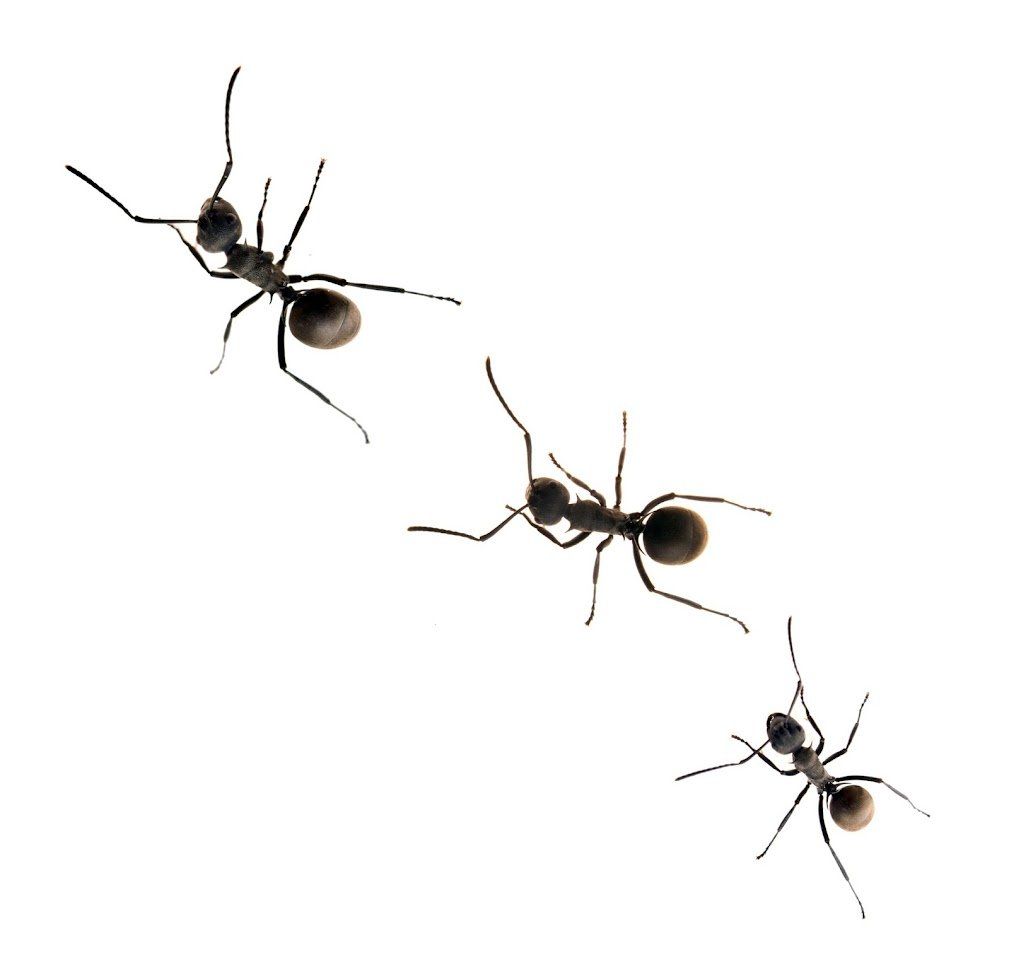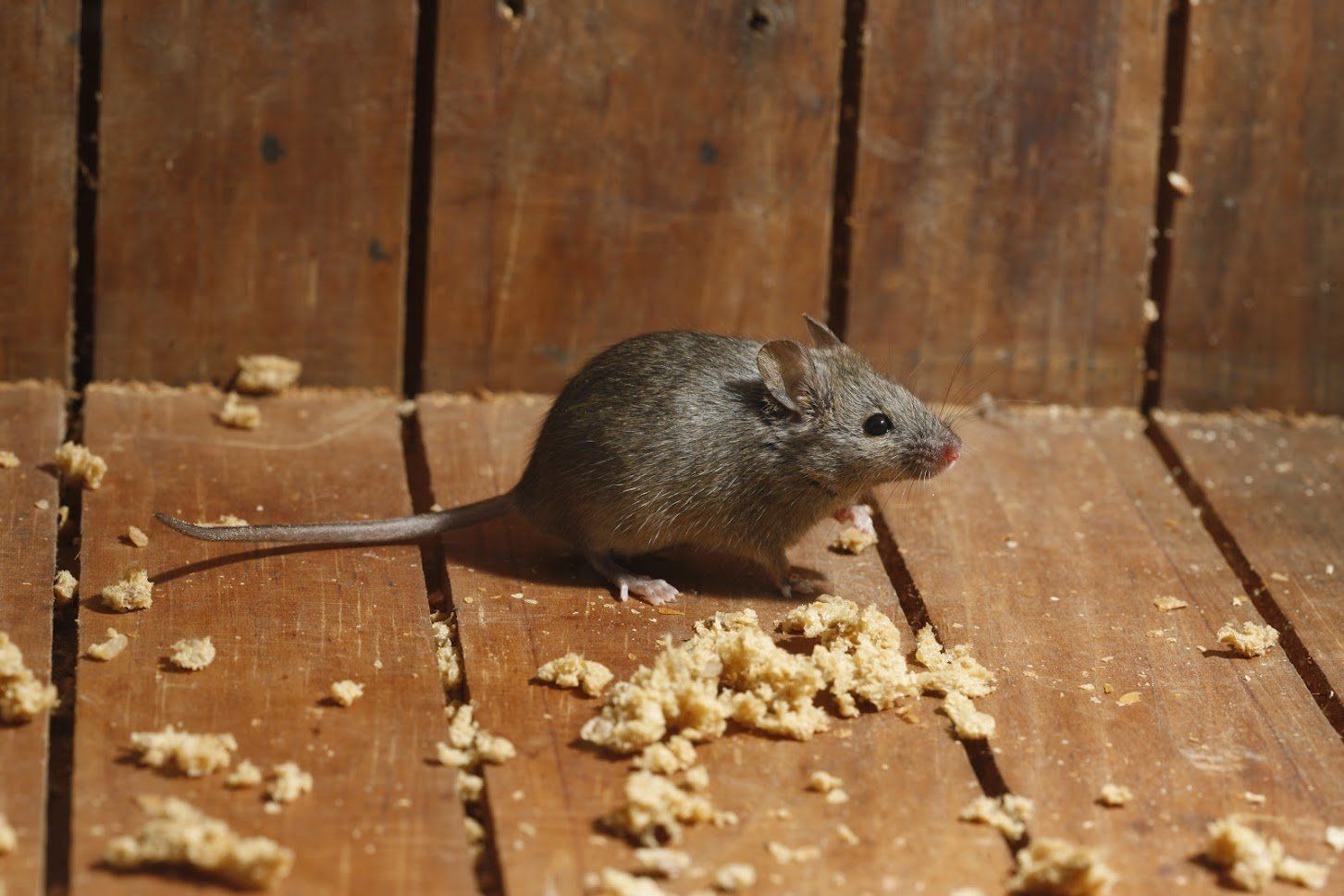3 Rodent Species You're Likely to Find in Your Home
Rodents can find their way into your home through cracks in the foundation, floors, and walls. Though there are many types of rodents, you can identify those in your home through their unique features and habitat preferences.
An experienced exterminator can draft and implement a proper rodent control plan once they confirm the identity of the unwelcome guest in your home. Learn more about the common household rodents that are likely to invade your space.
1. House mice
You're likely to find house mice in your kitchen, drawers, and cabinets––basically, anywhere with enough cover. These rodents are quite agile and can jump considerably high to access the food you store in your kitchen cabinets. Unfortunately, the mice can spread their droppings and contaminate anything you keep there.
House mice enter your home through holes as small as 15 millimetres in diameter. So, if you want to keep them off your property, seal all possible entry points with stainless steel mesh. Also, keep your food and trash inside a rodent-proof bin. Lastly, disinfect your house to eliminate the risks that mice droppings bring in order to maintain a safe home environment.
You should also check the exterior of your property for any potential entry points house mice could use to enter your home. If you have firewood, store it above the ground and away from your house. This way, the mice can't easily gain access to your home through the wood.
2. Roof rats
Otherwise known as ship rats or black rats, these rodents often nest in the upper areas of your home. The pads on their feet help them grab onto branches, trees, and telephone wires near your house. They use these things to gain access to your home.
Once roof rats enter your home, they settle in secluded spaces like the attic, cabinets, and false ceilings. These rodents also occupy laundry rooms, garages, patios, and swimming pools.
Roof rats often feed on fruits and nuts. However, if their preferred meal isn't available, they will eat almost anything they can get their hands on––including pet food, candle wax, and paper. In addition, as roof rats search for water, they might still chew through plastic pipes. Such structural damage to your pipes could cause water leaks that damage your home.
To avoid a roof rat infestation, get rid of food and water sources that attract these rodents. Also, make sure you block entryways that these rats could use to get into your home. For instance, you can put stainless steel mesh on your vent pipes. In doing so, roof rats can't use the vent pipes to access the attic or roof. Also, since roof rats are agile climbers, trim the branches closest to your house to block off any potential access points.
3. Norway rats
Unlike the roof rats, Norway rats aren't steady climbers. You will often find Norway rats hiding in the basement and crawl spaces. These rats leave grease stains on objects and walls as they move around. If they have invaded your home, you'll also notice gnaw marks on your furniture and pipes.
Since these rats survive on leftovers, be sure to empty your garbage bins regularly. You should use a secure lid for rubbish bins placed outside your house. Make sure you store your food in the refrigerator or seal them in containers.
Also, clean up crumbs or spills that could attract these rodents to your home. Ensure you close your doors and windows, especially at night since Norway rats are nocturnal. In addition, seal any gaps in your chimneys and use screen covers on your dryer vents.
An effective rodent control strategy ensures your property remains safe from accidents from electrical fires and severe structural damage. Contact Champion Pest Control today for the best rodent prevention techniques.




























